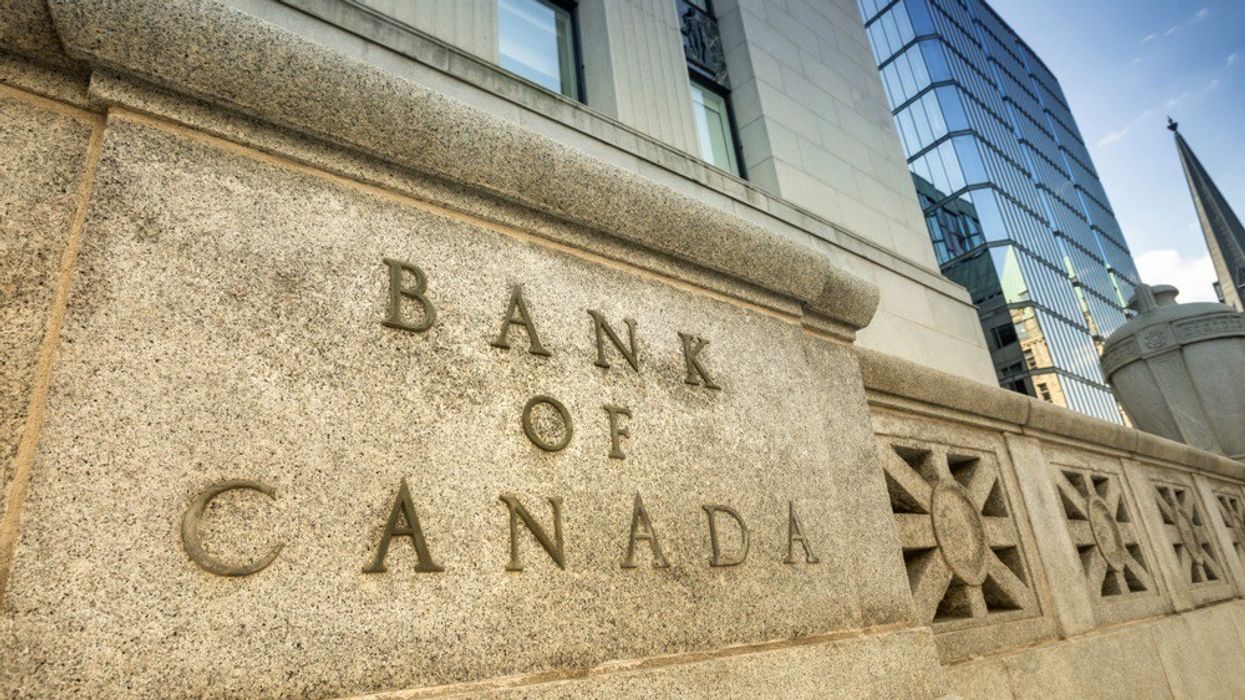With many experts forecasting an eighth interest rate increase later this month, the rate pain that characterized 2022 will certainly seep well into the new year. While it’s easy to view these hikes as an attack on affordability, they are a means to a very intentional end.
“The Bank of Canada has a mandate to keep inflation at around 2%. That is their primary responsibility above anything else,” Moshe Lander, Senior Economics Lecturer at Concordia University, tells STOREYS. “What they're trying to do is engineer how many interest rate increases, and how aggressive the increases need to be, to make sure inflation rate comes down to 2%.”
He adds, “It's a little bit of guesswork, but they are extremely experienced with advanced models that give very good predictions as to what is going to happen.”
At last count, inflation clocked in at a lofty 6.8%, falling only 0.1% between October and November. This may not be ideal, but it’s worth noting that rate hikes aren’t designed to have an immediate effect.
According to Lander, a single interest rate hike takes as long as 12 to 18 months to work its way through the economy. By that measure, we should start to see the effects at some point this year.
“The original increase came in March, so we still haven’t reached the full impact of that first increase — and that was only 25 basis points," said Lander in a previous interview. "The real big increases came in the middle of 2022. If we’re going to get to those 12 to 18 months to have their full impact, that’s not until the middle or end of 2023."
READ: Another Rate Hike Looms, Experts Say, But Will it Hurt or Help?
In the meantime, Canadians should brace themselves for another year of affordability challenges and elevated costs across the board.
As disparaging as that might be, it’s actually the desired effect.
“The design is to get people to save more, spend less, reduce their debt load,” says Lander. “At some point, it is going to bear pressure on almost all Canadians that they need to cut back. And that's a major concern that Canadians, on average, are massively, overly indebted. At one extreme end of the distribution, it's going to push people to bankruptcy -- they're going to be unable to finance their homes, they're going to be forced into fire sales, businesses are going to be pushed to the brink."
Escalated costs are here to stay
“I think the misconception a lot of Canadians have is that when these interest rate increases have done their work, prices are going to go back to where they were in 2019, 2020. And that's very unlikely to happen,” says Lander. “Where prices have gone up, they're going to stay up. Inflation is the rate at which those prices are increasing.”
He points to home prices as an example, which have been steadily increasing for most of history.
“Housing is more expensive now than it was 10 years ago, than it was 20 years ago, than it was 50 years ago,” Lander continues, adding that even if the Bank of Canada (BoC) manages to get inflation down to a healthier level, home prices will likely continue to trend upwards. “It's not that housing prices are going to crash to 2010 levels. I think the outcome we're going to see is that, inevitably, prices are going to go back to increasing, on average, by only 2% a year, not by 6%.”
Bearing that in mind, Lander urges Canadians to take inventory of where costs are escalating more aggressively, and assess if they can reasonably scale back or find a substitute when it comes to those goods and services.
“In terms of what are we going to experience in this deceleration of inflation, it comes down to how are Canadians responding to the messaging they're hearing from the Bank of Canada,” he says. “If they disregard it, if they think they know better, if they don't trust the Bank of Canada to do what they're going to say, the amount of damage that's done along the way could be severe.”
The BoC has a credibility problem
The current rate hike cycle is the most aggressive in modern Canadian history, and as such, it’s been a clear shock to the system for consumers.
“I think there’s a disconnect in people's mind. That 12 to 18 months bit is the key message that's either not delivered or not being heard,” says Lander. This is presenting a credibility problem, where consumer confidence in the bank’s ability to bring down inflation is dwindling. People are getting impatient.
In past, the BoC has relied on trickle-down communication, where messaging is delivered to the general public through the banking industry, for instance. But Lander argues that perhaps a more direct approach is needed to restore consumer confidence.
“The Bank of Canada is now having to figure out how to operate in a 21st-century-sort-of-world where they need to be able to deliver messages through social media and to the average person in the street and help them understand what's going on,” he says. “As they try and figure that out, that's going to dictate how successful they are in delivering their goals with minimal amounts of damage.”
And this may boil down to managing expectations.
“The Bank of Canada needs to give forward guidance, and say, ‘Look, we're not going to bring it down to 2% next month, we're going to bring it down, hopefully, to the low sixes.’” says Lander. “That's what they did in the 1990s and it worked generally well. That's what they need to do now.”


















